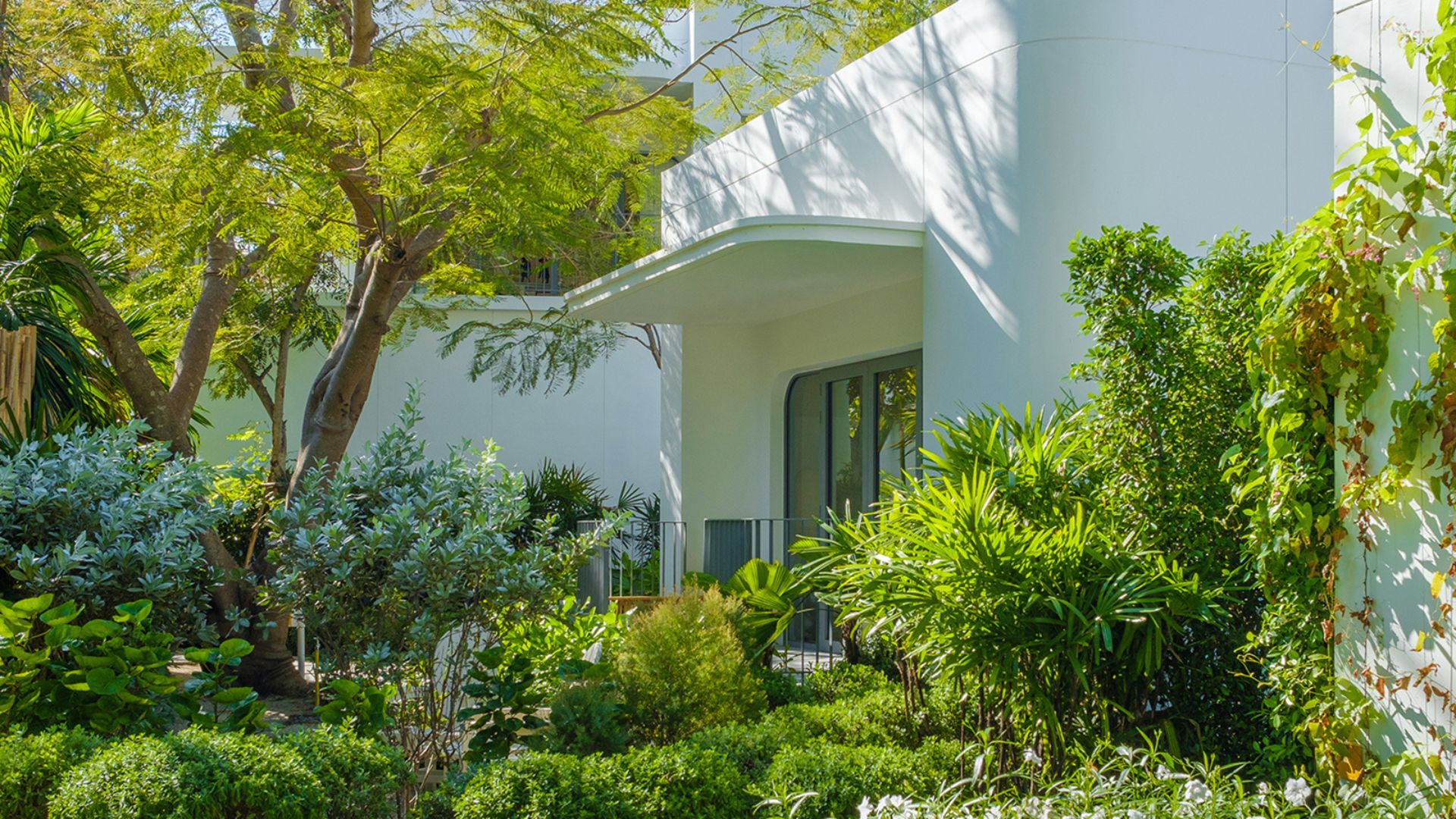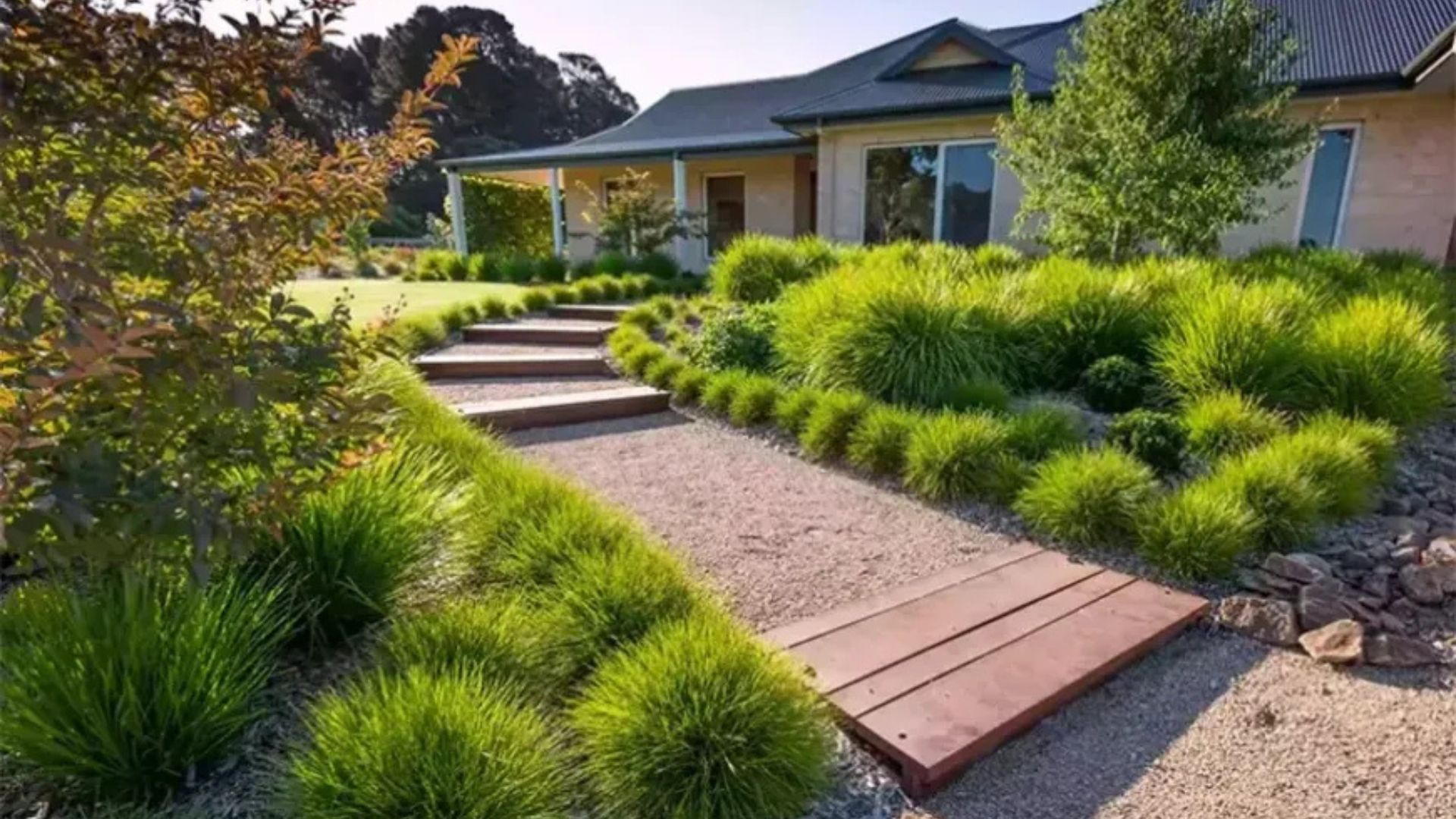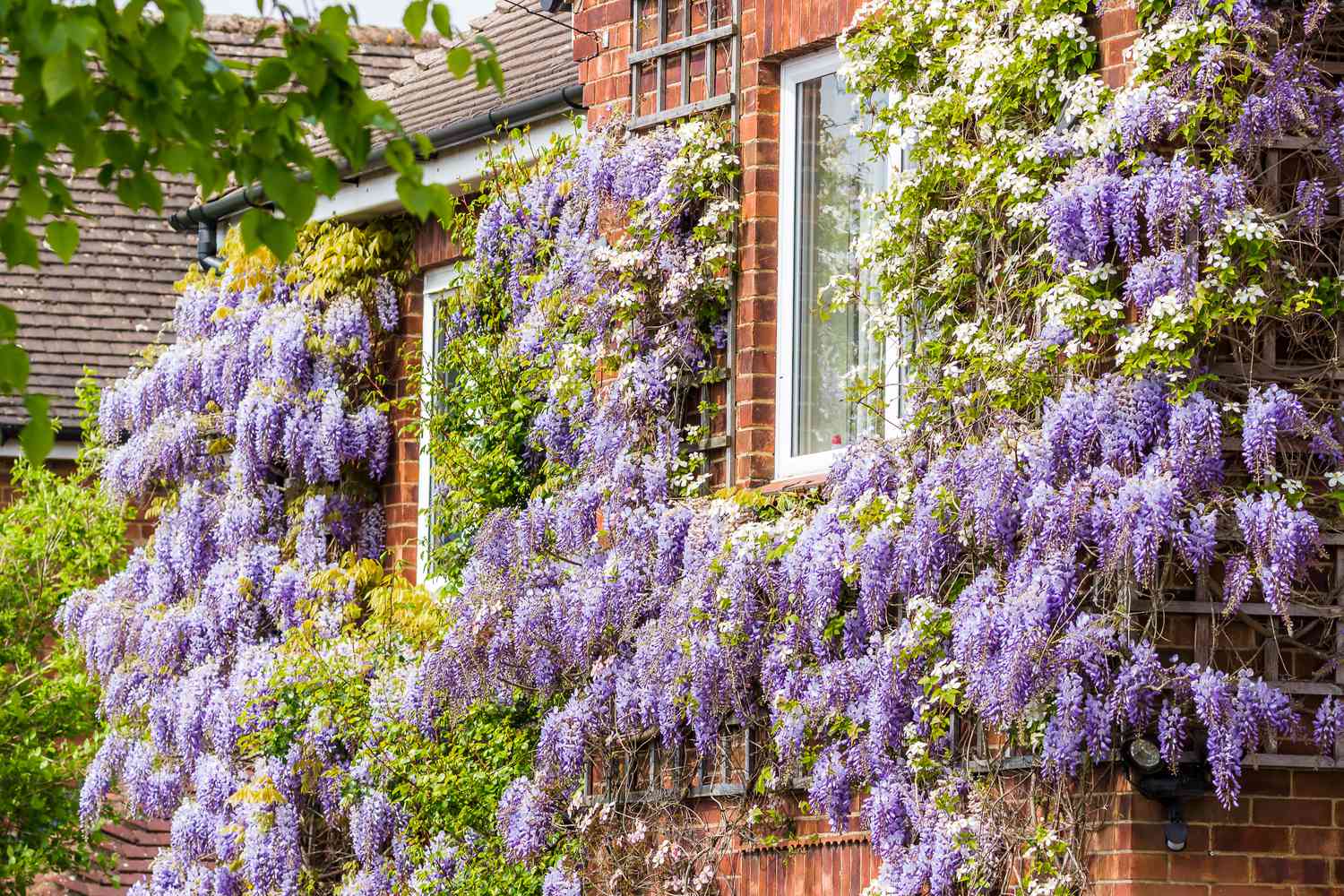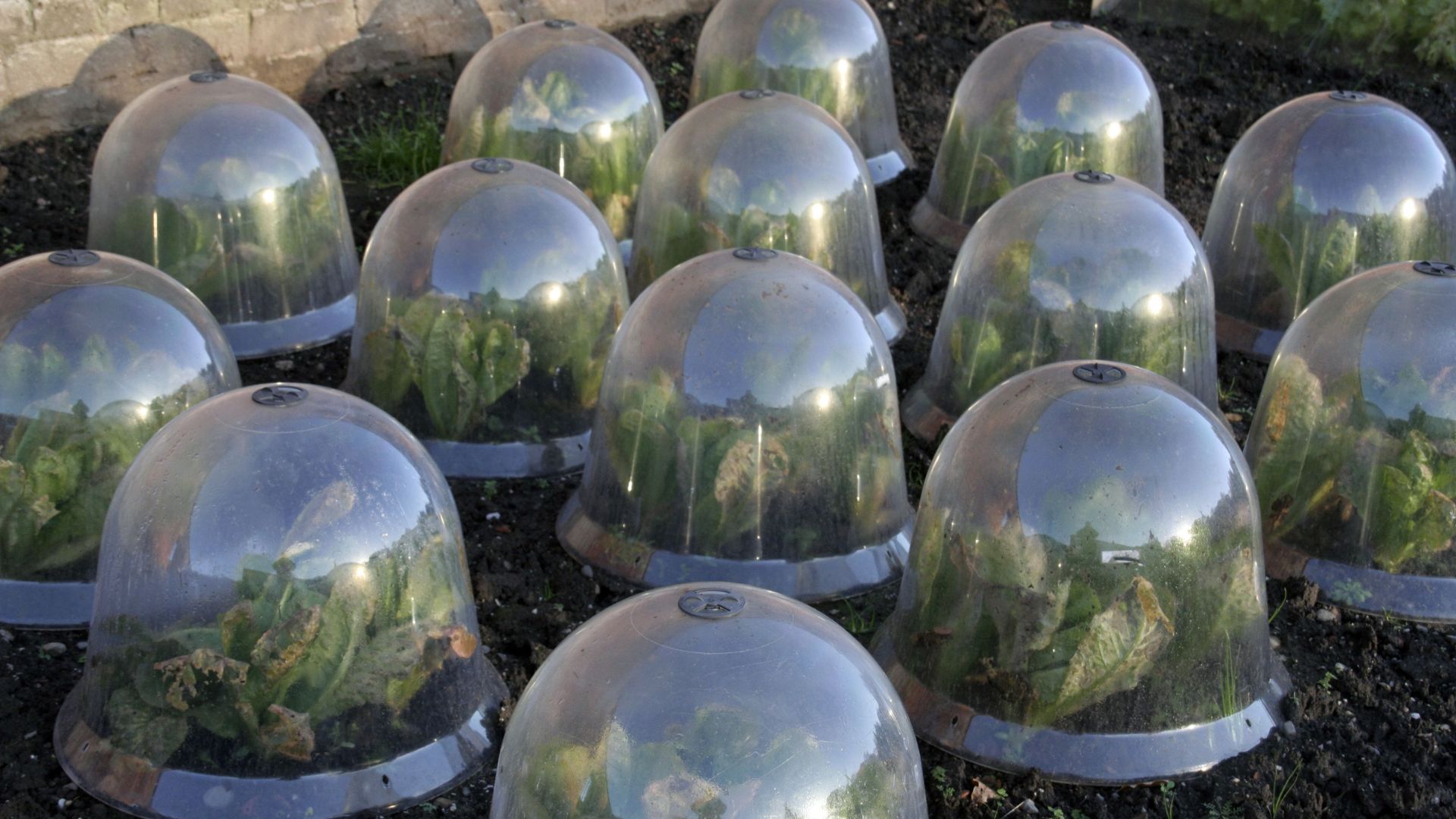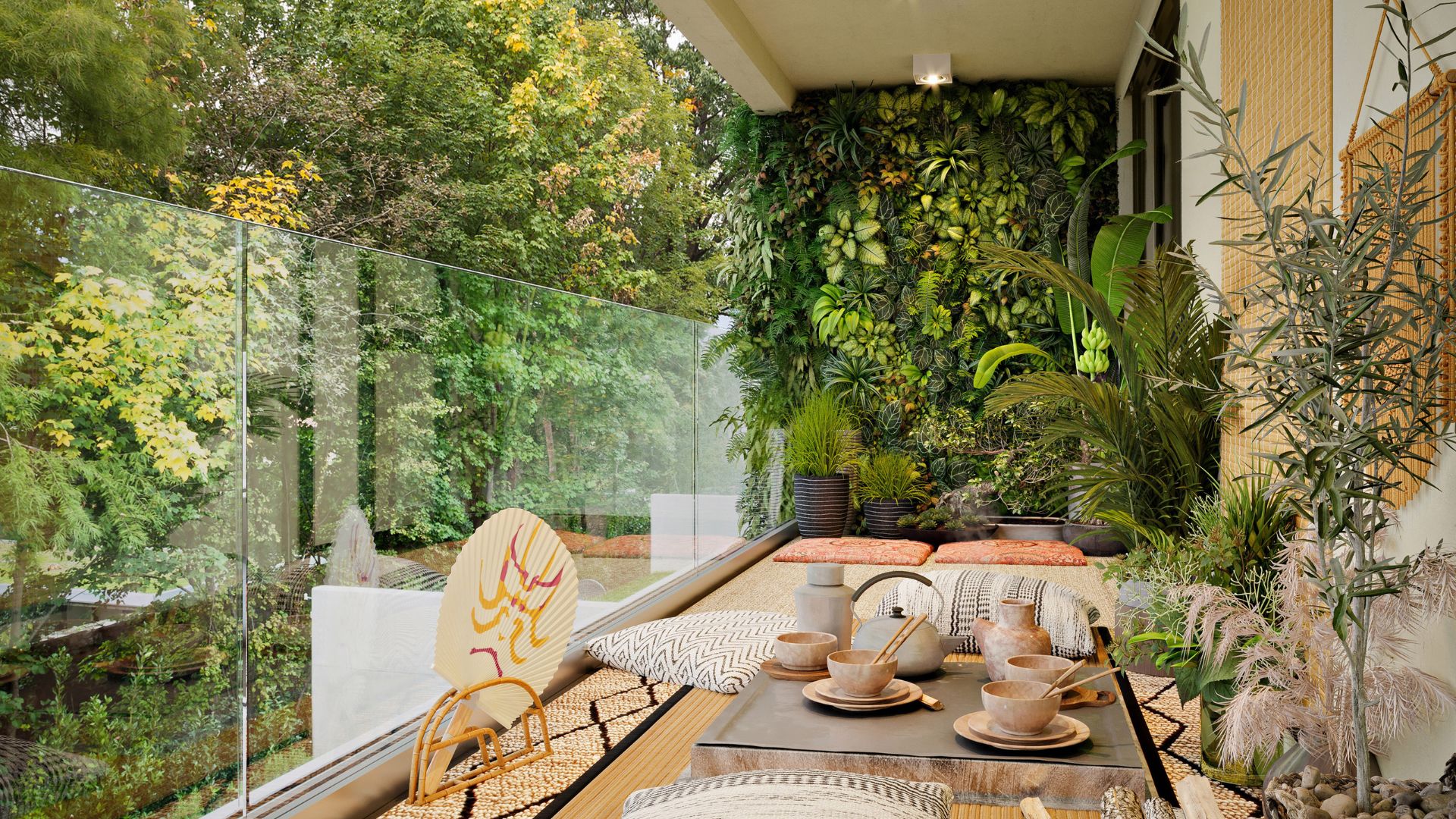As temperatures rise and energy costs climb, planting trees for shade has become more than just a landscaping trend—it’s a smart, sustainable solution. Trees offer natural cooling, enhance curb appeal, and provide a peaceful outdoor retreat. Whether you’re designing a backyard haven or just trying to lower your utility bills, strategic tree planting can make a major impact. The best part? It benefits both your home and the planet.
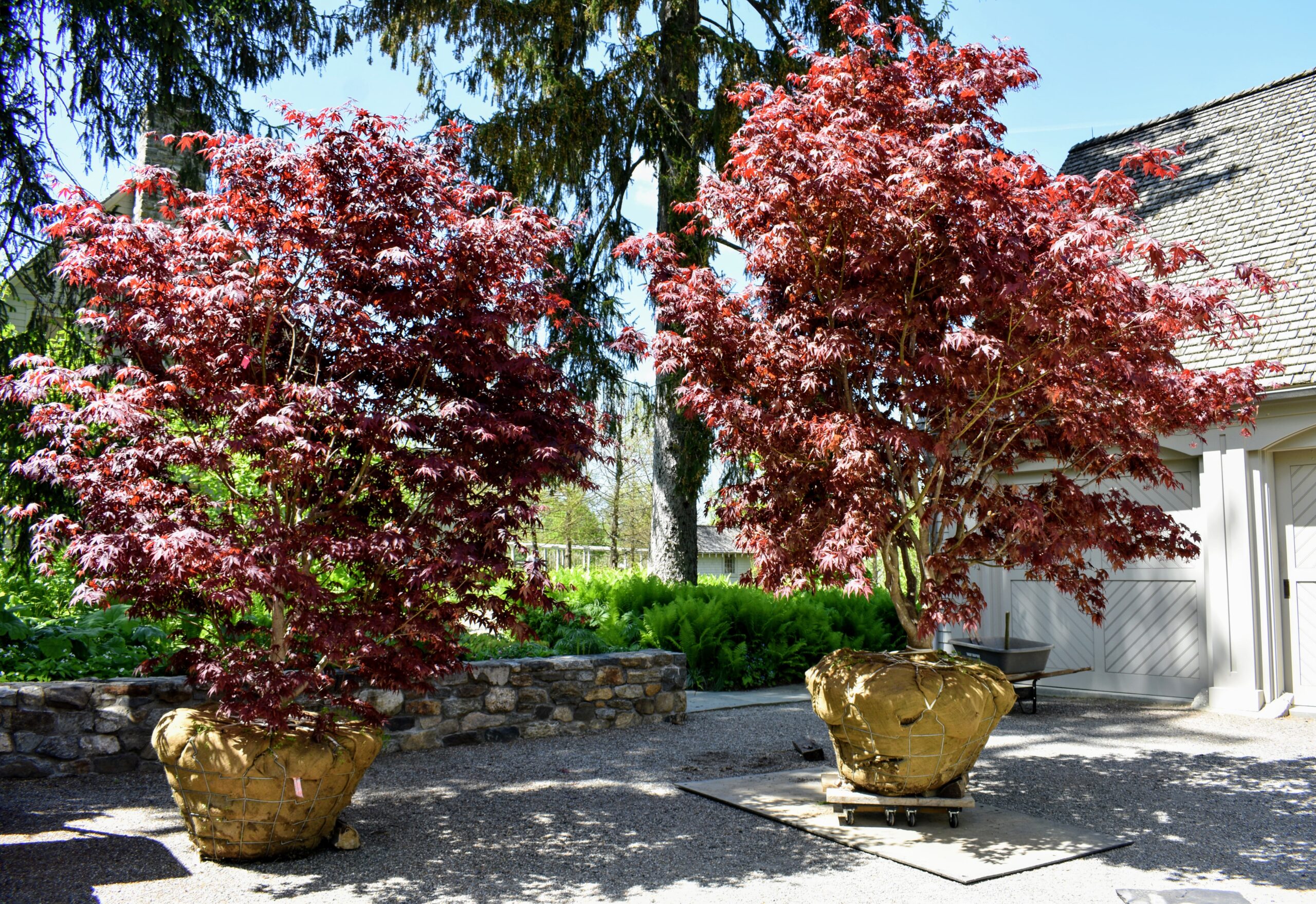
Why Shade Trees Matter
Shade trees do more than offer relief from the sun. They can reduce air conditioning costs by blocking direct sunlight and cooling your home’s exterior. Trees also protect lawns and gardens from harsh heat, helping other plants thrive. In urban areas, shade trees combat the heat island effect by lowering surrounding temperatures. Plus, they improve air quality and absorb carbon dioxide. When planted thoughtfully, shade trees become long-term investments in comfort and sustainability.
Best Trees to Plant for Shade
When considering planting trees for shade, choose species that grow quickly and have broad canopies. Popular choices include red maple, oak, tulip tree, and sycamore. These trees provide generous coverage within a few years, especially in sunny climates. If you’re in a small space, opt for smaller varieties like serviceberry or dogwood, which still offer moderate shade. Always select trees native to your region—they’re easier to maintain and more environmentally friendly.
Where to Plant for Maximum Effect
The location of your trees matters just as much as the type. To cool your home efficiently, plant deciduous trees on the east and west sides. In summer, they’ll block direct sunlight; in winter, their bare branches allow sunlight to warm your home. Place trees near patios, windows, or outdoor seating areas to make those spaces more usable during hot months. Be sure to consider the tree’s mature height and root spread before planting.
How to Prepare the Soil and Site
Proper site preparation ensures your shade trees get off to a strong start. First, test your soil’s drainage and nutrient levels. Remove any grass or weeds where you’ll plant the tree, and dig a hole twice as wide but no deeper than the root ball. Loosen the roots before planting, then fill the hole with native soil—not fertilizer. Water deeply after planting and mulch the base to retain moisture and prevent weed growth.
Tree Care in the First Years
Young trees need attention in their early years to establish strong roots and healthy growth. Water your new tree weekly, especially in dry seasons, and monitor for signs of stress like yellowing leaves. Add a layer of mulch around the base, but keep it a few inches away from the trunk to avoid rot. Prune any broken or dead branches during the dormant season. With proper care, your tree will thrive and offer reliable shade for decades.
Long-Term Benefits of Planting for Shade
The long-term benefits of planting trees for shade go well beyond comfort. Mature shade trees can increase property value, lower energy consumption, and improve neighborhood aesthetics. They also provide habitats for birds and pollinators, contributing to local biodiversity. Over time, they reduce stormwater runoff, improve soil stability, and help combat climate change. Whether you’re planting one tree or several, each one contributes to a cooler, healthier, and more livable environment.






